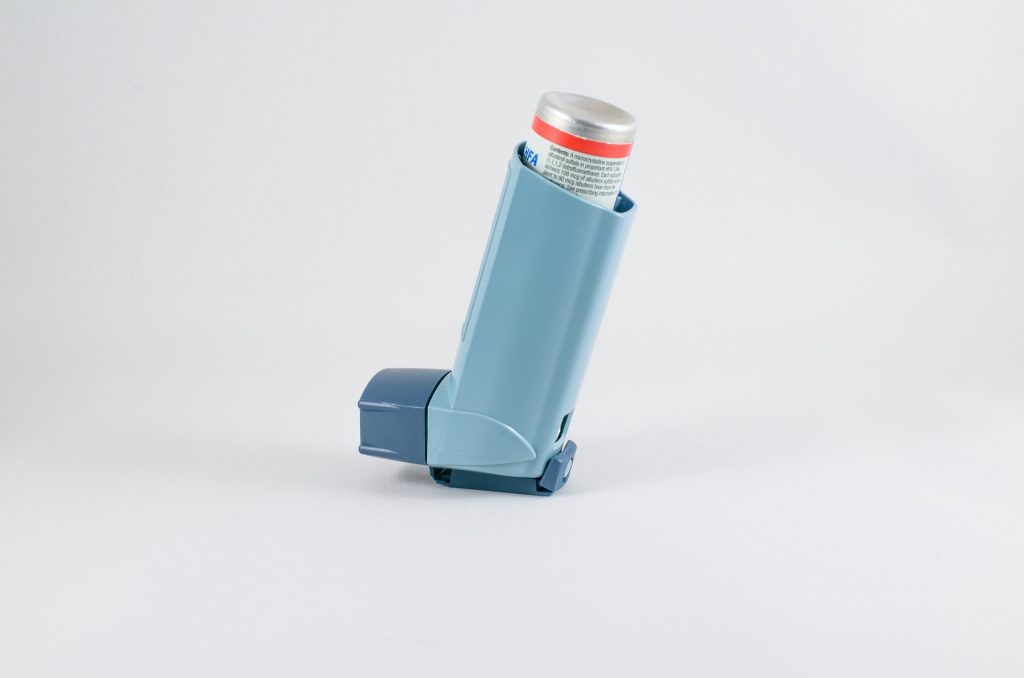Avoid Goat’s Milk Skin Products in Inflammatory Skin Conditions

Individuals with inflammatory skin conditions should avoid using skincare products that contain food products such as goat’s milk, according to a series of case studies published in Clinical & Experimental Allergy. Such skincare products have been marketed to those with ‘sensitive skin’.
In children, milk allergy is one of the most common food allergies, but usually resolves in the first years of life. Adult-onset milk allergy is rare. In patients with inflammatory conditions of the skin such as atopic dermatitis, associations between the use of food allergen-containing skin products and systemic sensitisation to that foodstuff has been demonstrated for several foods. This is of concern, as food-containing skin products are commonly promoted as a safer and more ‘natural’ way of managing a variety of skin conditions. These are widely available for unprescribed purchase in pharmacies and supermarkets.
The present study reports on seven patients with inflammatory skin conditions who experienced anaphylaxis after ingesting goat’s or sheep’s milk or cheese products. All of the patients had a history of using goat’s milk skin products to treat their skin conditions prior to the onset of their allergic reaction. Six of them had atopic dermatitis.
“Marketing of skin products derived from goat’s milk is extensive and targeted to patients with ‘sensitive skin’ who commonly have underlying inflammatory skin conditions,” the authors wrote. “Our findings provide novel evidence of the origins of adult-onset milk allergy and adds to the growing body of evidence that use of foodstuffs as therapy for inflammatory skin conditions can lead to the development of new food allergies.”
Source: Wiley





